Real leather vs Fake leather & its versatile, incredible Uses
Posted by Leatherotics on 6th Dec 2021
When considering the environmental impact of real leather versus fake leather ( also known as faux, Vegan, PU or synthetic leather), it's important to examine various aspects of their production, use, and disposal. Here are some key points regarding the benefits of real leather:
- Durability and Longevity: Real leather products tend to be more durable and have a longer lifespan compared to synthetic alternatives. This means that leather items can be used for many years, reducing the need for frequent replacements and thus reducing overall waste.
- Biodegradability: Genuine leather is a natural material derived from animal hides. Unlike synthetic materials, leather is biodegradable and can decompose over time, minimising its impact on landfills and the environment.
- Byproduct of the Meat Industry: Leather is often a byproduct of the meat industry, where animal hides are sourced from animals already raised for food. Utilising the hides ensures that fewer parts of the animal go to waste, making the production process more resource-efficient.
- Natural Material: Leather is derived from natural materials, which means it does not require extensive chemical processing like synthetic materials do. This reduces the potential for harmful chemical pollutants during production.
- Timeless and Versatile: Leather has a timeless appeal, which means that leather items are less likely to go out of style quickly. This longevity reduces the demand for fast fashion and promotes a more sustainable approach to fashion consumption.
However, it's important to note that real leather production still involves the use of resources such as water, land, and energy, as well as the potential for negative impacts on animal welfare. Additionally, the environmental impact of leather can vary depending on the specific tanning and production methods employed.
Ultimately, the choice between real and fake leather should consider various factors, including personal preferences, ethical considerations, and a comprehensive understanding of the environmental implications of both options.
If you're in a shop for leather clothing or any kind of shop that sells leather items, then you may have noticed that there can be a variety of leathers to choose from & sometimes it can be hard to tell the differences. Segregating the differences between these leather types can be difficult. Leather ranges from ‘100% real’ to a ‘real & artificial’ mix to just being ‘artificial’. When shopping for leather products there are three main types of leather you may come across, this includes real, bonded & faux/vegan. If you can identify the differences, then it will guarantee help you make better purchasing decisions & also help you find the right leather material best suited for you.
Real leather which can also be identified as full grain leather is the most expensive & highest quality leather. Full grain is the top layer of the animal hide which has natural imperfections. Due to its thickness, it can be hard to work with, but it is the most durable type.
Bonded leather is leftovers/scrapes of genuine leather, mixed with a polyurethane binder. Bonded leather consists of mostly 10 – 20% real leather.
Faux leather/vegan leather is an artificial leather made from thermoplastic polymer.
Let’s delve deep into how to spot the differences of leather materials & how to avoid purchasing the fake.
Identifying the label
Looking at the tabs or labels will reveal if a leather item is real or not, a leather item will proudly note on a label that it is “100% real leather” & if its “full/top grain leather”. If this is stated, then you’re headed in the right direction towards purchasing real leather.
Spotting fake leather
If the label states “man-made material” then it's most likely synthetic which is flexible polyvinyl chloride, in abbreviation (PVC). If it doesn’t note anything at all about the material of the leather then it’s likely its PVC or some other synthetic polymer, otherwise real leather will always be proudly stated. Real leather is also a lot more expensive than faux leather so check the price & if it's too good to be true then it's most likely fake leather. Real leather is going to be the most expensive as it’s hard to manufacture & it’s made up of real leather. Faux leather is cheaper than real but will cost a little more than bonded leather. Bonded leather is generally the cheapest of all types because it’s the thinnest, produced up of scrap leather with a thin paper backing adhered.
Look at its appearance
Real leather has the most natural appearance, its surface structure will include blemishes & imperfections, imperfections in leather are a good sign. The texture of real leather is smooth & soft, unlike faux leathers.
Faux leather/vegan leather is uniformed in terms of structure. An even consistent texture pattern is an immense sign that its machine made. Fake leather gets its real leather look by having a polyvinyl chloride surface applied. That’s how fake leather gets its real leather look, though it can sometimes look synthetic, it’s the closest in appearance to real leather, it may even look or feel like it, however in order to avoid the faux, the texture differences should be identified. Remember real leather has the most natural look, & its texture is inconsistent unlike artificial.
Get a good feel of the leather
Again, real leather is a natural material therefore when you run your fingers over the fabric it won’t feel completely, perfectly smooth, & if you press a finger into the leather's surface it will stretch & wrinkle a little, similar to skin.
With faux leather, it will feel cold & unnaturally even. When you press your finger into the material it won’t react like skin. Instead of stretching & wrinkling it will depress under your finger & retain its previous shape instead.
Smell it
You’ll notice if you’ve smelt real leather before that it obtains a distinctive smell. Its scent is natural, organic with fragments of skin.
Faux leather smells like plastic & chemicals, so if you smell a leather item which smells plasticy, with hints of chemical undertones then it is most definitely synthetic. Bonded leather on the other hand also possesses an artificial smell but with its real leather material added, it may smell like real leather.
Durability differences
The longevity of real leather is great over time because it does not peel or crack, rather than wearing out it will instead develop a patina on its natural surface over time.
PU leather or faux is not as durable as real leather but compared to bonded one it’s slightly more durable. PU leather isn’t a breathable fabric & is guaranteed to crack over time. Unlike bonded leather PU leather can be resistant towards stains. Bonded leather has a short life span & the colour can possibly fade in the sunlight. Since bonded leather is made from scrapes of real leather with polyurethane mixed & has a paper backing, therefore it is much like paper which can easily be scratched, flaked off or peeled over time. Fake leather doesn’t have pores so it restricts it from breathing properly which can result in a build of sweat when being worn as clothing. Real leather is a much better choice for breathable, long-lasting clothing or items.
Benefits to the environment.
Since real leather is not a vegan material it can sometimes be a put off to some customers. Pu/faux leather is the best option when looking for a vegan product because it will last longer then bonded leather. 100% PU leather is another great option for customers who don’t want to purchase real. PU leather is also cheaper. Bonded leather is not a vegan product since it contains 10 to 20 % real leather. However, since vegan leather is made up of plastics & toxins it’s extremely harmful for the environment therefore it doesn’t conduct itself as being environmentally friendly. Vegan leather can be slightly misleading.
Studies & evidence shows that vegan diets are less harmful for our planet, most individuals are quick to consider this. This behaviour & attitude may often lead to the assumption that we should be implementing the same approach when it comes to our clothing wear, particularly leather can raise suspicions.
With the rise of fake leather pervading the modern market & masquerading itself as genuine leather, the impact & effects on the environment has significantly increased. Especially since there’s a high demand & popularity for vegan alternatives, therefore brands are catering to this, however it has a bad impact on our environment. Most of the low-grade bonded leather is associated with plastics & toxic fibres. Clothing made from plastic poses a threat, when being manufactured & towards the end of its lifespan. This is because it can end up in water & landfill causing it to take years to degrade. This results in the release of dangerous chemicals in both soil & water. This then releases toxic chemicals into the environment. Studies show that nearly 13 million tonnes of synthetic fibres invade our oceans each year. Turning skin into fake leather requires an immense amount of energy & dangerous chemicals which also include mineral salts. Micro plastic pollution is a big threat to the environment as it uses large amounts of water, chemicals & energy in order to transform it into material, this can be damaging to the planet. Real leather takes on a more natural approach without harsh chemicals & disposes easier. Leather can be eco-friendly when the products are tanned through a natural process without the use of chemicals.
A major key & unknown benefit of natural leather is that it is brilliant for adding to a compost mixture. Real leather can break down over time & therefore can be recycled as garden fertiliser unlike fake leather. This correlates back to the original outdated history of humans using all parts of an animal for natural, organic, well-intentioned purposes.
Although artificial/fake leather also known as vegan leather is cut down on animal cruelty, it still plays a huge environmental risk factor & is not the best material for environmentalism. It requires a considerable amount of fossil fuels & to add to that, it also releases dioxins which is not only bad for humans but harmful for animals too. The dioxins linger through the environment even after it’s been manufactured. Real leather is of course more eco friendly & better for the planet therefore it should be more considered & favoured than fake leather.
Leather Uses
There are multiple uses of leather since it’s a very fashionable, durable & versatile material. Its implementations & creativity are endless. Some uses of leather are more common while others are widely historical. There are specific categories of products that use leather more often than others. You are most guaranteed to find the following items in a shop for leather clothing.
Bag and Luggage
Backpacks, wallets, satchels, & purses are all made from leather material.
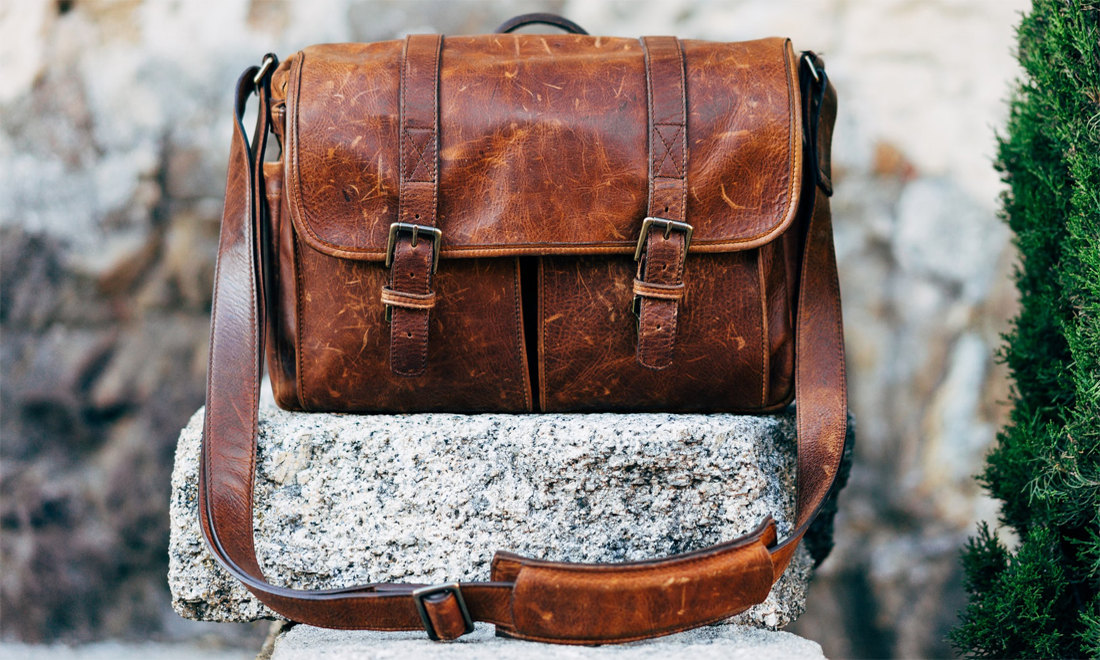
Leather luggage has been popular since the late 19th century however over recent years it has become more popular due to brands using luxury leather in their collections. Bags like Louis Vuitton & ted baker produce leather luggage bags. Unlike plastic suitcases which are coated, luxury leather bags have durability as well as being timelessly stylish.
Leather bags for women are often associated as a luxury item, this is because these leather handbags are generally more costly than other types of bags, however not all leather handbags are the same good quality. Some are made using high quality whilst others are made using inferior leather fabric. It’s important to know the difference when looking for a good quality bag.
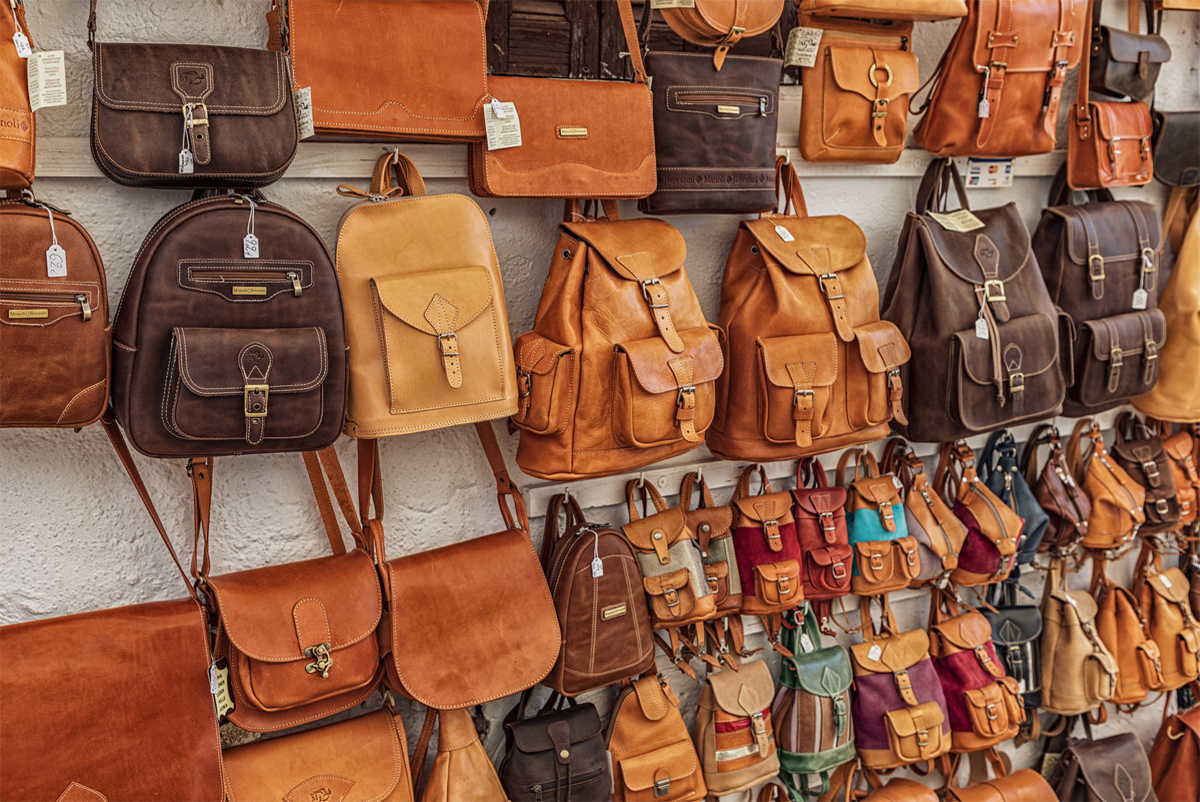
Full grain is a great start when ensuring the quality of your handbag is right. Since it’s the highest leather quality. This means when choosing full grain, you are guaranteed long lasting durability & strength. This applies to luggage’s too, since the material is resilient & strong it is best suited for luggage’s.
This leather usage fits several needs & requirements from shopping to travelling. It’s safe to say that leather is one of the greatest materials used for bags and luggage’s because it’s not just chic, stylish & fashionable but its functional & guaranteed to last you a long time especially if cared for.
It’s important to regularly maintain real leather, so cleaning your leather items & bags will prolong the quality. Its easy to do so which requires a clean damp cloth to wipe down & remove any excess or dust build up. There are also cleaning products for leather you can invest in. Since leather is a porous material which comes from animal skin, this means that the animal skin has pores along the surface that soak up moisture so it’s never 100% waterproof & if it is then its most likely been coated with a treatment, however that being said leather is naturally water resistant to the point where it will not be ruined & water will not resonate through the lining, for example, if in conditions of light rain. This factor is mainly important when using leather for bags because it can make it more functional & resourceful to use all year round.
Clothing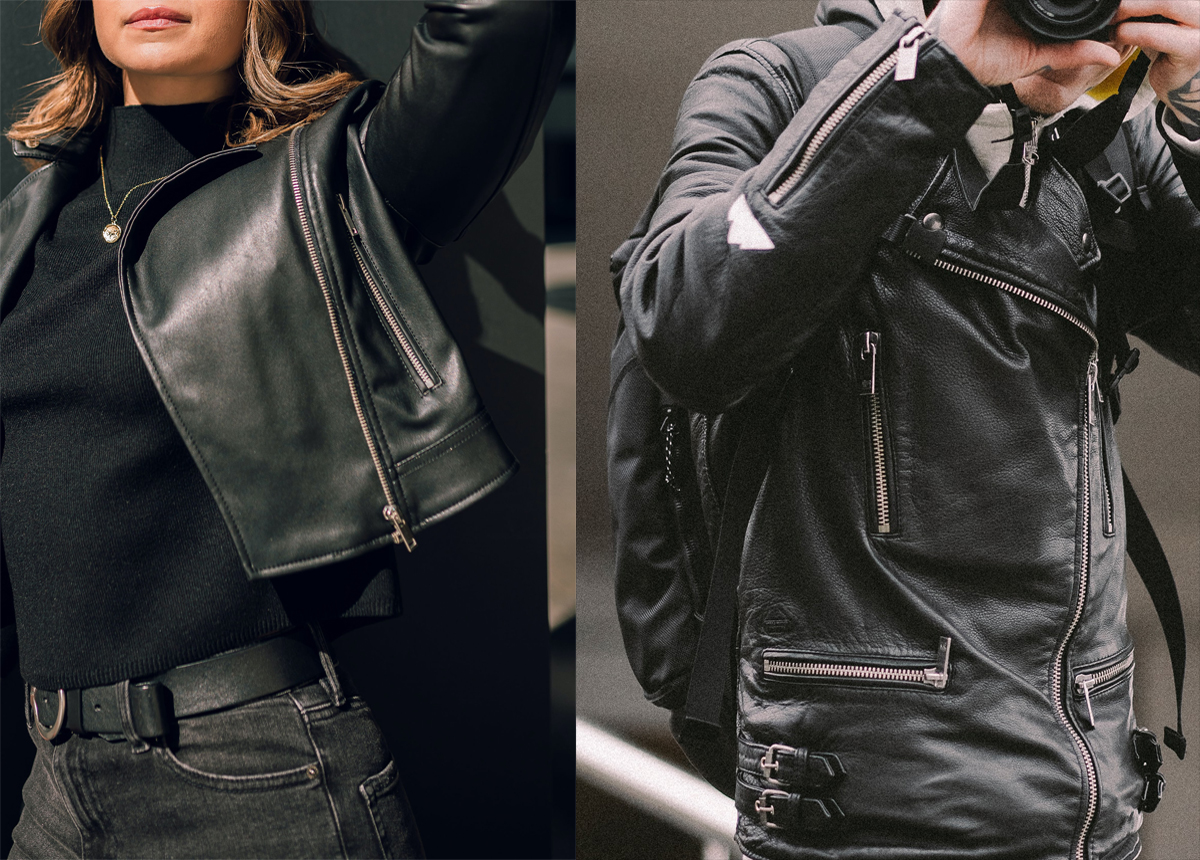
Sexy leather dresses, sexy leather skirts, men's leather jeans, leather gothic clothing, fetish leather clothing, Jackets, vests, leather trousers, & shoes are all popular & commonly made of leather.
Many of us carry leather on our bodies without even realising we do.
The most common animal species used to produce leather for clothing are mainly cows, sheep, goats & pigs. Leather garments made of cowhide are perfect for making clothing that is stable & solid, this is because cowhide is thicker & more robust than other animal hides. Motorcycle leather commonly consisted of this hide.
Leather garments made from lamb are usually formed as a smooth, lightweight leather. This is commonly used to produce wear such as jackets, tight fit leather skirts, sexy leather dresses, men’s leather jeans or trousers & more. Expensive leather is generally often made of lamb hide.
Leather garments produced of goatskin are usually used to create fabrics such as suede. Especially for jackets, tight fit leather skirts & trousers.
Materials made of pigskin are generally low-cost leather. Pigskin doesn’t possess the same softness as lambskin & goatskin. Accessories such as gloves are made of pigskin & jackets.
Leather is also advanced for workwear which requires heavy duty protective clothing. Leather can also provide sensory experiences in sexual activities related to BDSM, from bondage masks to more, fetish leather clothing is very much common…weather opting for sexy leather dresses or even real leather catsuits, the arts of leather run wild & will provide you with unique experiences, ranging towards all different designs fitting for all different niches. This is what makes leather so fantastic, with its materials being highly versatile with great depth.
The history of leather & its relationship with clothing dates back as far as human history can record. Our ancestors took advantage of leather to protect themselves from the elements by producing clothing & weapons. Leather has such varieties of useful qualities which enables it to be used for a multitude of purposes, some being practical & some being stylish, in modern times. We love leather because of its strong & supple qualities & which also offer different dyeing techniques which can result in amazing, eye-catching colours. Leather has a distinctive smell, touch and feel that immediately reflects & demonstrates its purpose as a high quality, versatile material.
Moving from practicality to style
We have the Victorians to thank, for introducing leather into great styles of clothing which is still considered fashionable & eye-catching. During this period leather gloves signified power & status therefore nobles would have many different pairs for several different occasions. During this time, the Victorians applied a secret ingredient in their leather making processes, this secret was Dog poop. Ranging from handbags to hats contained this special ingredient but thankfully modern times have replaced this. The Victorians inspired designs for outstanding, beautiful tight lacing corsets that compliment & define the female figure to its full potential. Tight lacing corsets make a woman's figure stand out. Varieties of tight lacing corsets were designed. The Victorians really did establish & place their own unique stamp on leather.
In modern times you can find nearly any piece of leather clothing from a shop for leather clothing or even from online shops for leather clothing. Online shopping is so widely used & considered, since individuals would rather pay for efficiency & convenience. If you’re searching to buy leather skirts or even a specific type of leather skirt such as tight fit leather skirts, then buying from online shops for leather clothing is a great option as it will make your shopping experience less time consuming & it will also gather the exact results, you’re looking for all in one compartment, which makes shopping for leather so much easier or even shopping in general.
Furniture Upholstery
During ancient times, long ago furniture was an early discovery. When resources were short on supply, people made use of leather & utilised every material available, this included animal hides. Leather eventually evolved & instead of remaining in common categories, it had become widely popular & luxurious for the wealthy & royals. As tanning processes improved, leather became a popular choice for furniture upholstery.
Over the past 500 years upholstery has travelled from uncomfortable wooden furniture into relaxing leather furniture. Arm rests & cushions were yet to be invented, so before that, rock hard seats & formal benches were the only thing that offered rest in homes. Thankfully the Middle Ages terminated such discomforts. One of the first documented uses of leather for furniture was leather chairs, this dated from 3100-2686 B.C, during the early dynastic period in Egypt. The first initial record in history of a leather couch dates as far back as the late 17th century B.C, in Greece.
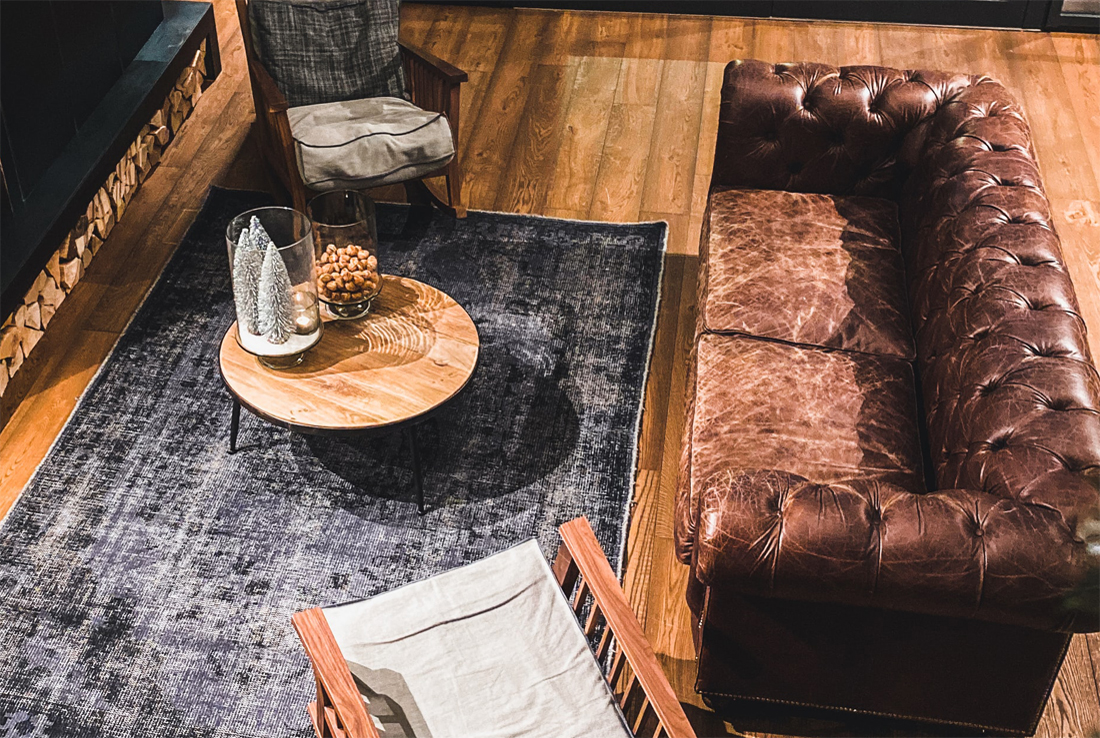
Leather's imperviousness & durability made it a popular choice to be utilised for the coverage of dining chairs. By the 14th century the tanning process had become more advanced therefore the nobility & wealthy demanded high quality leather furniture. As the process improved so did the elaboration of styles, buttons, turfing & quilting were known as popular chesterfield designs. The first chesterfield sofa had been engaged by Philip Dormer Stanhope, who was the first earl of chesterfield during the 1700’s. This style has persisted into modern times & is seen on loveseats & chairs. Leather has become a popular common choice for furniture due to its durability. We all know winding down into a leather chair at the end of a long day is both rewarding & comfortable, there is no feeling in the world like it. The warmth & suppleness of leather furniture is widely appreciated.
Furniture back in the day was very traditionally styled & oversized with strong colours implemented such as, oxblood, burnt orange, walnut, burgundy, other colours like turquoise, blackberry & navy were also among the popular. These colours were strong & bold & ruled the days. In terms of style, they were usually glazed with a shiny finish. Since then, designer colours have emerged into modern times, alongside great styles & designs. Modern leather furniture allows us to have more of a say in the creative sides. This means customers can personalise & customise options to suit their personal tastes & requirements. This enables interior décor to be more sentimental, fun, valuable & unique.
Sports
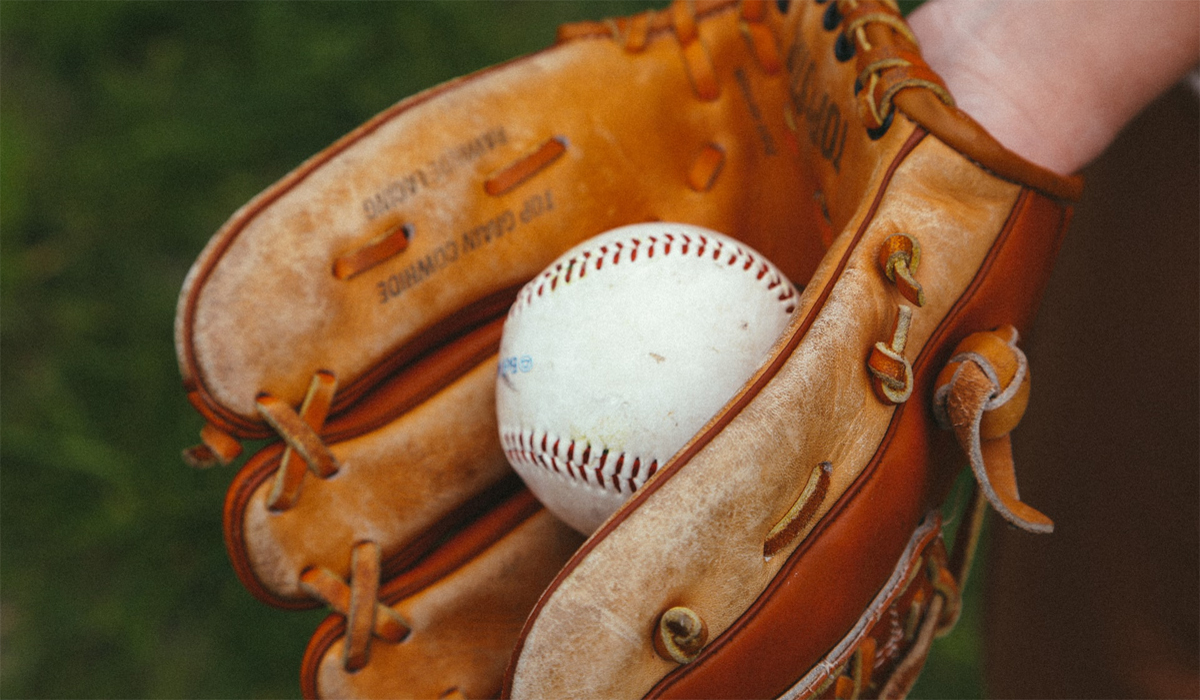
Leather balls have existed for over hundreds of years. The leather fabric is inevitably shaped & cut so it can be sewn into a ball. Manufacturers use leather for sporting good equipment because it adapts to the distinctive specific requirements needed for each product. Multiple tanning & mechanical methods make this possible. Hide selection & manufacturing processes are taken into accountability. Leather in sports is an extremely profitable business due to the fact that leather is pliable & durable, resulting in extreme versatility. From making baseball gloves to protective garments, leather is a must have in the sports industries.
There are several sporting products made from leather which include, baseballs, baseball gloves, footballs, cricket balls, golf gloves & more. Many sports all over the world use leather for reliable & durable purposes however the most well-known sports including, baseball, cricket, football in the US or commonly known as American football.
In American football, balls were originally made from an inflated pig bladder, placing a leather cover over the top. Modern times provide a rubber or plastic bladder but most still use a leather cover. This becomes resourceful because leather can be stretched, shaped into the perfect ball known as an ergonomic ball in American football. In order to form the structure & shape of the ball, leather strips & shaped & stitched together. Majority of ball manufacturers tan their leather in order to provide a tacky grip when used in wet conditions & dry. This is an important consideration & factor in a game. During NFL Super bowl games each player receives around 108 leather balls. Before the games begin the balls endure rigorous testing to ensure reliability & authenticity. In British rugby leather balls were used, however heavy rain incorporated with the absorptive properties of leather meant that the ball became too heavy during games, instead synthetic balls are now used.
Baseballs are historically created from leather & baseball gloves are still made from leather material as it provides the best possible grip & protection for catchers, particularly because balls can travel at such high speeds. Ball sports are not the only common uses for leather, F1 races also specialise in thin suede leather driving gloves, as they are the only required material which provide sensitivity for steering during a race. Motorcycle racers also dress in leather suits which are required for safety purposes in case of falling off their bikes during high speeds. Every suit is made from high quality leather to ensure abrasion protection. The use of real good quality premium leather is required for high league sporting games.
Equestrian goods
Equestrian goods are products such as saddles, reins, harnesses, bridles, breastplates & martingales which are horse tack equipment. The leather used for tack is structured to endure difficult weather conditions such as mud, sand, rain, dust. Sweat can also play a factor which can affect the leather's quality. For example, a build-up of dust can become abrasive over time. The acidity of sweat can leave marks & rust/tear on the tack. To maintain the durability of leather it is vital to clean it on a regular basis. Saddles & bridles have particularly sensitive areas which are subject to common friction which are more prone to abrasion. Saddles are a vital part of tack & one of the most expensive pieces. They need to be adjusted correctly & cared for appropriately. From regular use saddles will be put under a lot of stress. Conditioning leather tack & maintaining leather care is a must for longevity. It's essential to choose high quality leather tack to ensure its long lasting & can also lower chances of injuries for both horse & rider. The higher quality & strength of the leather tack the more reliable, resilient/safer for the rider & horse. A saddle in a bad condition will become dry & crack, it can also become fragile resulting in danger.
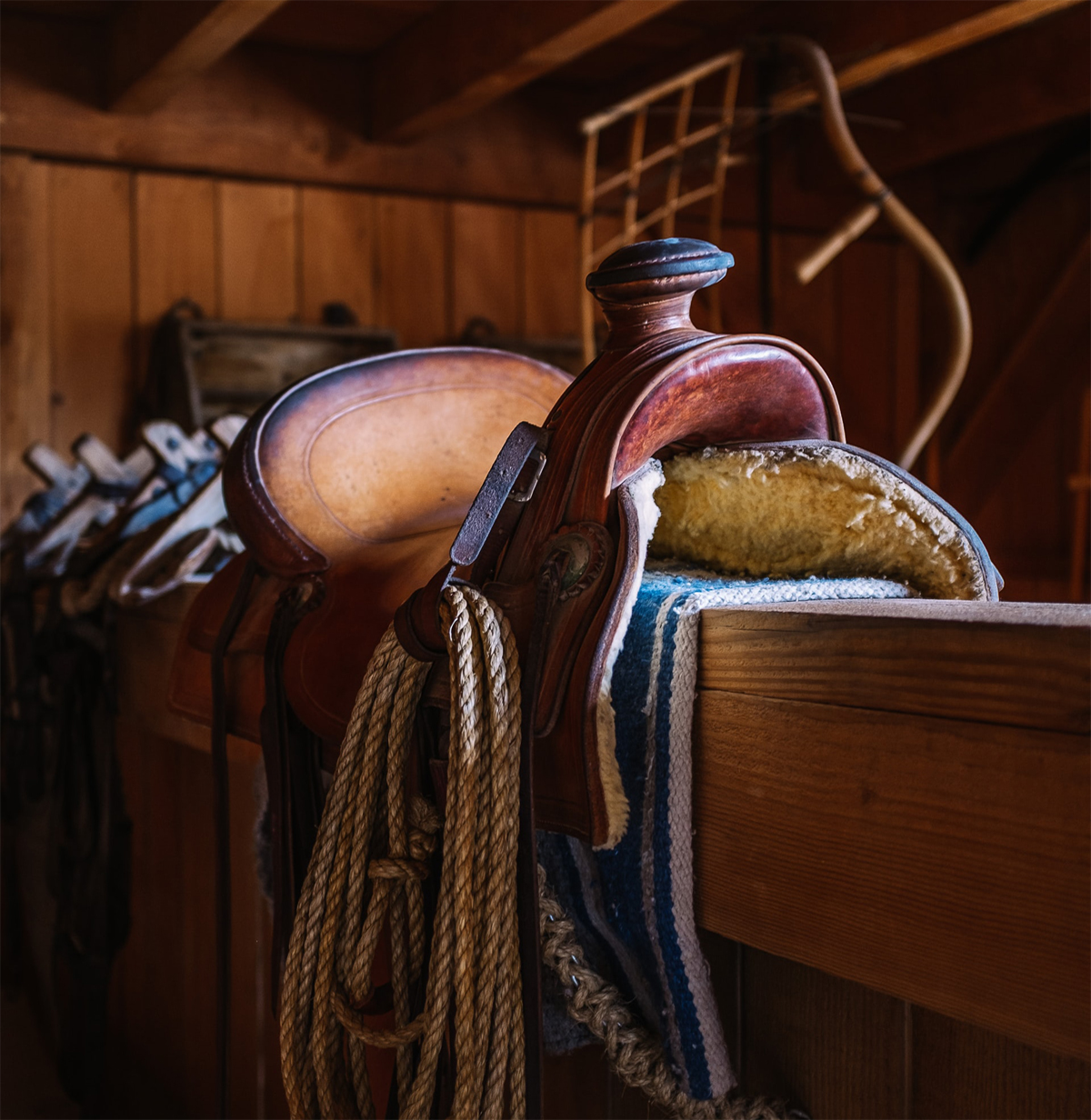
Around 2000 BC, early man began to ride horses, however they rode mostly bareback or sat on a piece of animal hide or cloth. They did not have saddles nor stirrups for their horses however evidence of bridles, harnesses & reins have been found in the iron age period & bronze. Ancient Greeks also often rode bareback. It was not until the late iron age period were saddles first began to appear. The early people began to recognise that riding for long periods of times was discomforting so then early saddles began to emerge which attributed towards a padded barrier between the rider & the horses. As with all inventions, they start premature & simple then evolve into more elaborate & decorative ideas.
Around 700 BC in the middle east, the Assyrian warriors went into battle using decorative saddle cloth which had strips which embodied griths. From evidence found from the 5th century BC in a Scythian tomb there was evidence of a saddle cover which was decorated in detailed manner with animal motifs made from felt, hair, gold & leather. The Scythians used cushioned saddles & griths & were likely to even have leather stirrups back then.
The developments of leather tack continued & were to only get better as more people began to use horses for battles, they created new advanced ways to balance on a horse more easily whilst in battle. Being able to balance more easily meant they could use a spear more effectively. During the 3rd century AD the Sarmatians created & discovered a leather saddle & are credited with the development overall, this also included developments of a mental stirrup & a spur.
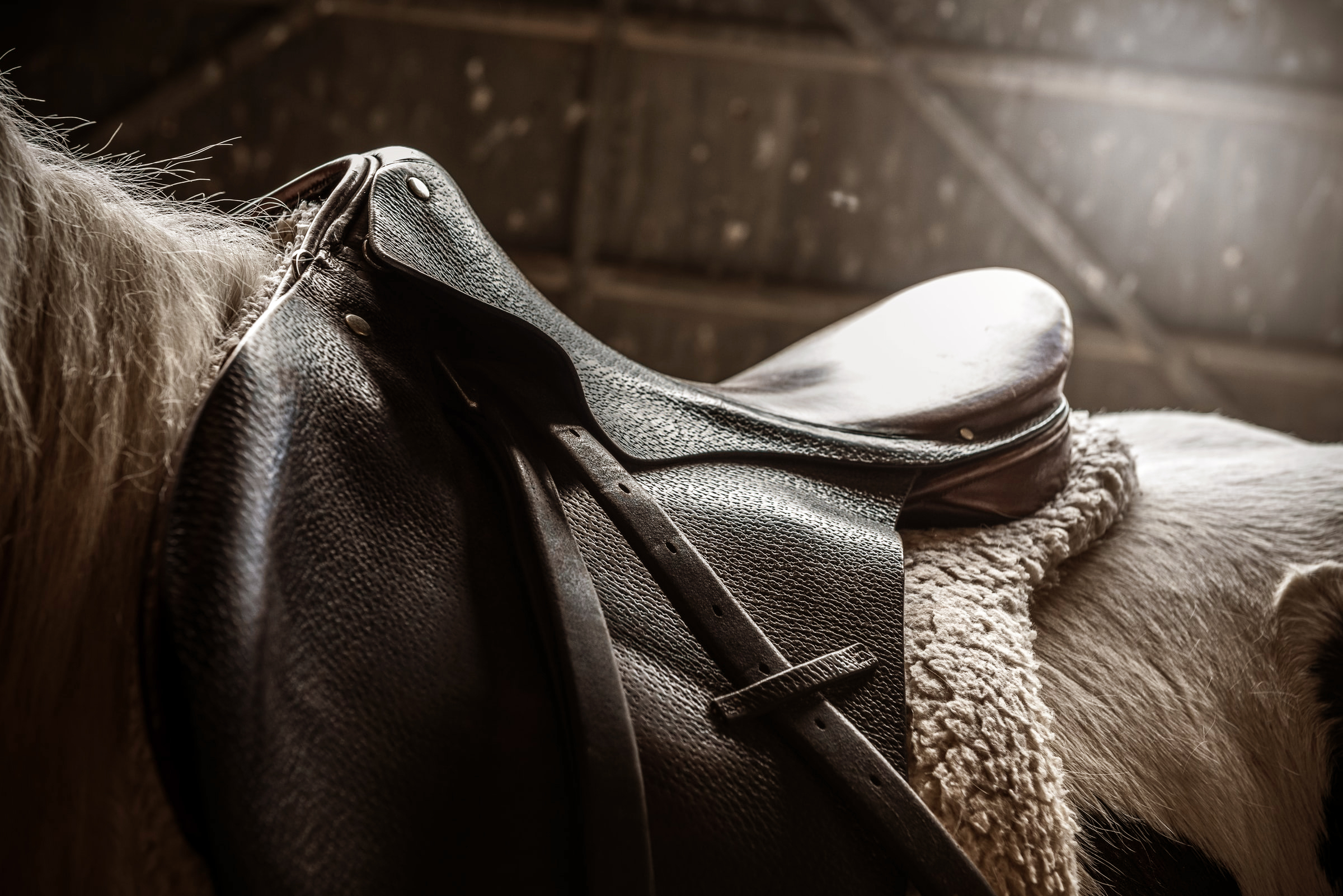
Different types of saddles are implemented for different equestrian events, for example a horse racing saddle & a show jumping saddle will not be the same although the structure of the saddle is similar but different equestrian events require a different weight, shape & size. Every base of a saddle is called a saddle tree which consists of fiberglass or wood. This should be appropriately fit for every individual horse because every horse will have a different shape & size, once consisting of glass or wood, it's then covered with leather. Real leather for saddles is the best & will often be used professionally for the best grip & performance.
Body Armour
Protective leather wear for armour was one of the earliest & long-lasting types of leather wear. It’s existed since humans have needed clothing & protection. Leather armour is developed in order to protect a wearer from injury. These garments were specially worn in historical times. They were worn by knights & warriors during battles, they were either worn alone or accompanied underneath metal armour. Early soldiers wore leather armour to additionally plate armour in areas where metal plate armour was unsuitable & impractical, areas such as elbows & knees. It was also occasionally used as a protective layer around the neck & face. This provided lightweight daily protection & a generous amount of warmth. During battles & hunting, it was worn by many men in the medieval period.
Traditionally the earliest Armour was made from thick, layered leather, which protected a wearer's skin from scrapes, slashes & falls. Cuir bouilli, the French process, which is a boiled leather, was a historical material common in the Middle Ages. This type of leather was developed to be tough & rigid, which is hardened through the tanning process, it was used for body armour which was generally cheaper & lighter in weight than plate armour. However boiled amour was not tough enough to withstand a gunshot or stabbing.
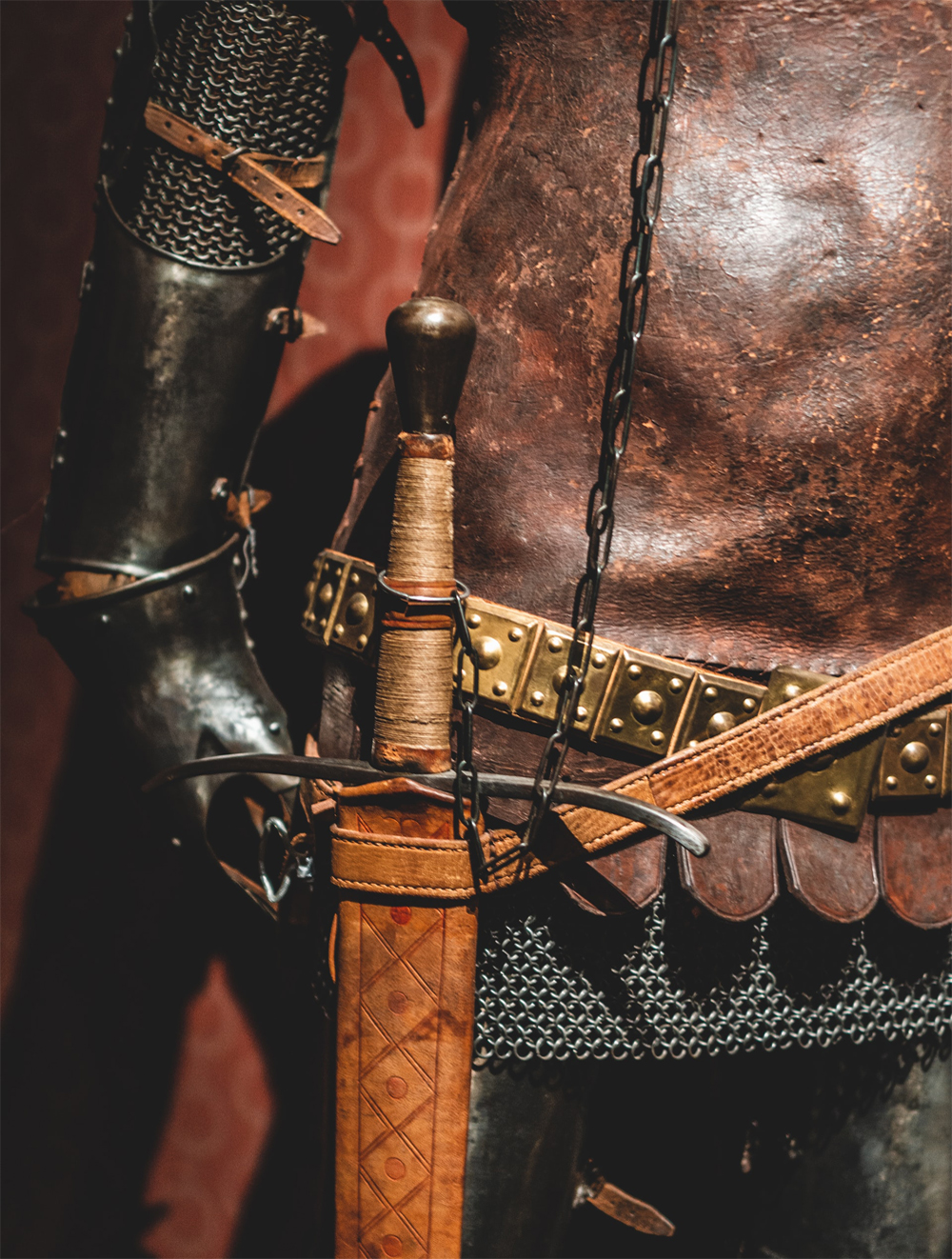
Book Binding
Book binding is another common & traditional use for leather however it isn’t quite as common in the period of mass-produced paperbacks, but it’s still provided for some premium editions. The most used animals for book binding are goat, calf, sheepskin & kangaroo, these hides are great uses for which can provide the best possible durability for book binding. However, the process of how the leather is tanned, dyed & whether it’s had any pigmented & embossed finishes on the surfaces will really determine durability & workability. When choosing leather for a book repair or new book binding it's vital to have a good understanding of the material when deciding on the best leather.
There are several varieties of book binding however nothing is quite so unique & durable as leather bound books. In Circa 400, leather appeared for book binding, the earliest evidence is from an edition of “Acts of the Apostles” written in Coptic. Leather has a long history in the western book binding tradition. The oldest surviving book in the world is endured from ‘Nag Hammadi library which consists of 13 Coptic papyrus codex bound in leather. During some of the early periods in western book binding, a book including loose pages covered by wooden boards, those boards were developed in order to protect the pages & the addition of leather cords made it easier to use, the leather hinges were expanded to cover the whole area of the wood surface. Until the 19th century books were being published in either binding development from a book seller or temporary bindings which were then later to be replaced by a professional binder.
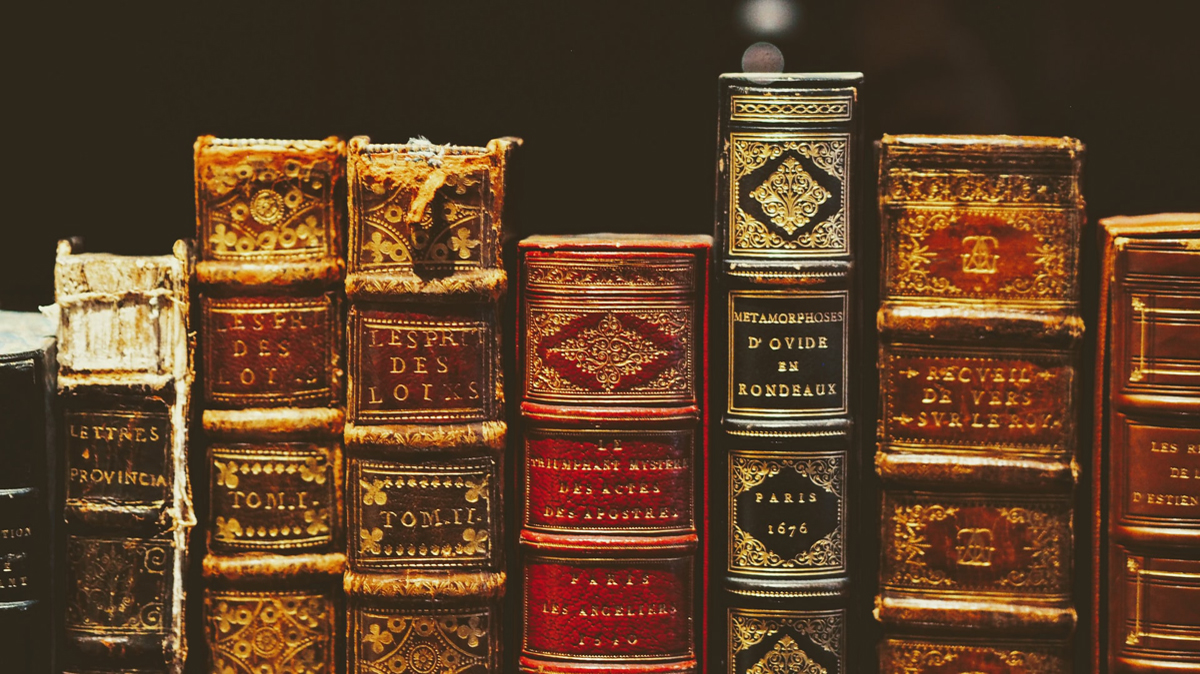
Accessories
The popularity of leather in fashion is widely known & appreciated however leather is also extremely popular in accessories. From growing high demand in handbags & shoes to watches, jewellery & even phone covers. In today’s market, leather handbags serve as one of the most luxurious & fashionable & must have accessory items. Top designer’s brands like Gucci & Burberry will sell their high-quality leather bags for premium prices.
If you’re looking for fashion accessories which are eye-catching with great texture, colour, shape & durability then several materials can correlate to your personal tastes & requirements however the main & best one is leather material of course. This is used traditionally by craftsmanship dating from years back. To strengthen brand value, many famous designers use this material primarily to make a bold, fashionable, luxurious, statement. For producing extremely high-quality leather, the following animal skins such as goat, sheep & cow are great for longevity purposes for creating handbags & other accessories.
Leather belts date all way back in the bronze age from 3000 BC – 1050 BC) however it took quite a while for the leathering processes to elaborate & become more advanced. In the latter stages of the 19th century belts were used as part of military uniform, commonly among officers. In the beginning belts were used for utilitarian purposes which meant they would place tools & weapons in their belts, they were worn around the waist & designed to keep weapons in place. These were the first belts in history. Women started wearing belts much later in history but for the same purposes… utilitarian reasons. Women during the Middle Ages carried their purses & fans on their belt, the belt served almost as a modern bag. Waist belts became popular in fashion & were more of a style statement, women wore them with their blouses & dresses. Waist belts remain a popular accessory to this day, so ladies if you’re thinking about styling ones with your sexy leather dresses or even complimenting a tight, fit leather skirt around the waist then go right ahead because this accessory is widely versatile & fashionable, you can’t go wrong. Belts are one the oldest accessories & played a major role in society & civilisation, therefore it should be greatly credited.
Leather jewellery was quite prominent even during the ancient times it played a key role in the development of society. Leather jewellery can range from bracelets, earrings to necklaces. Methods like cutting the leather, using leather punches & rolling & covering wire with leather are the processes of general leather craftsmanship. Leather bracelets are particularly a huge fashion statement in today’s modern world & worn by both men & women. They can be a sophisticated piece of jewellery & are often even worn with suits. Adding a leather bracelet to a suit & trouser combo delivers a sense of sophistication & elegance. Women’s options are also just as versatile, ladies you can consider accessorising a leather bracelet with almost anything, from pairing it with tight lacing corsets to even a dressed down attire like sweats. Options are endless, because either way you are guaranteed an elegant finish to your outfit.
Caring & cleaning for your leather products
Real leather can easily absorb liquid due to it being naturally absorbent. This can make it easily prone to staining & can be somewhat difficult to clean. Real leather generally needs to be cleaned twice a year, so it remains soft & avoids drying out. It’s vital to stay away from abrasive cleaners when caring for your leather items. Artificial leather will be more adaptable to cleaning because it doesn’t absorb liquids, if you maintain proper care for your faux leather, you will get longer use out of it. Bonded leather should be avoided when it comes to abrasive cleaners, this is because the surface is prone to wear, peel & crack.
Most will use soap to tackle stains however this is not a good approach for leather since it can leave residue which can prevent the leather material from breathing. This may cause cracking & patches. Instead mix lenient mild soap or clothing detergent with clean warm water. Pour the mixture into a spray bottle. When needed, spray the mixture onto a soft cloth & gently remove the stain. Once the stain has dissolved, allow the leather item to dry. To protect leather, leather moisturisers are a handy investment.
Purchasing Leather protectant is great for avoiding bad weather conditions & ensuring your clothing will not be stained during the time you’re wearing it. Different types of leather will require different types of cleaning methods so it's important to check the inner side pocket of clothing to find manufactures cleaning instructions. Leather wipes are highly recommended. When cleaning through original methods such as washing machines it’s important to make sure detergent is minimal & it’s set on a delicate wash cycle. This is ensuring your garment won’t be damaged.
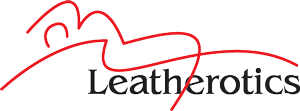
We at Leatherotics are a UK online shop for leather clothing. We introduce the best, high quality, leather garments, ranging from Tight fit leather skirts, Sexy leather dresses, Tight lacing corsets & more.
We take pride in manufacturing, designing & supplying full grain leather (the highest quality leather). We produce exceptional, fine, textured leather for all our products. You are more than welcome to order a free leather sample before purchasing. Ensuring you purchase with confidence & satisfaction.

